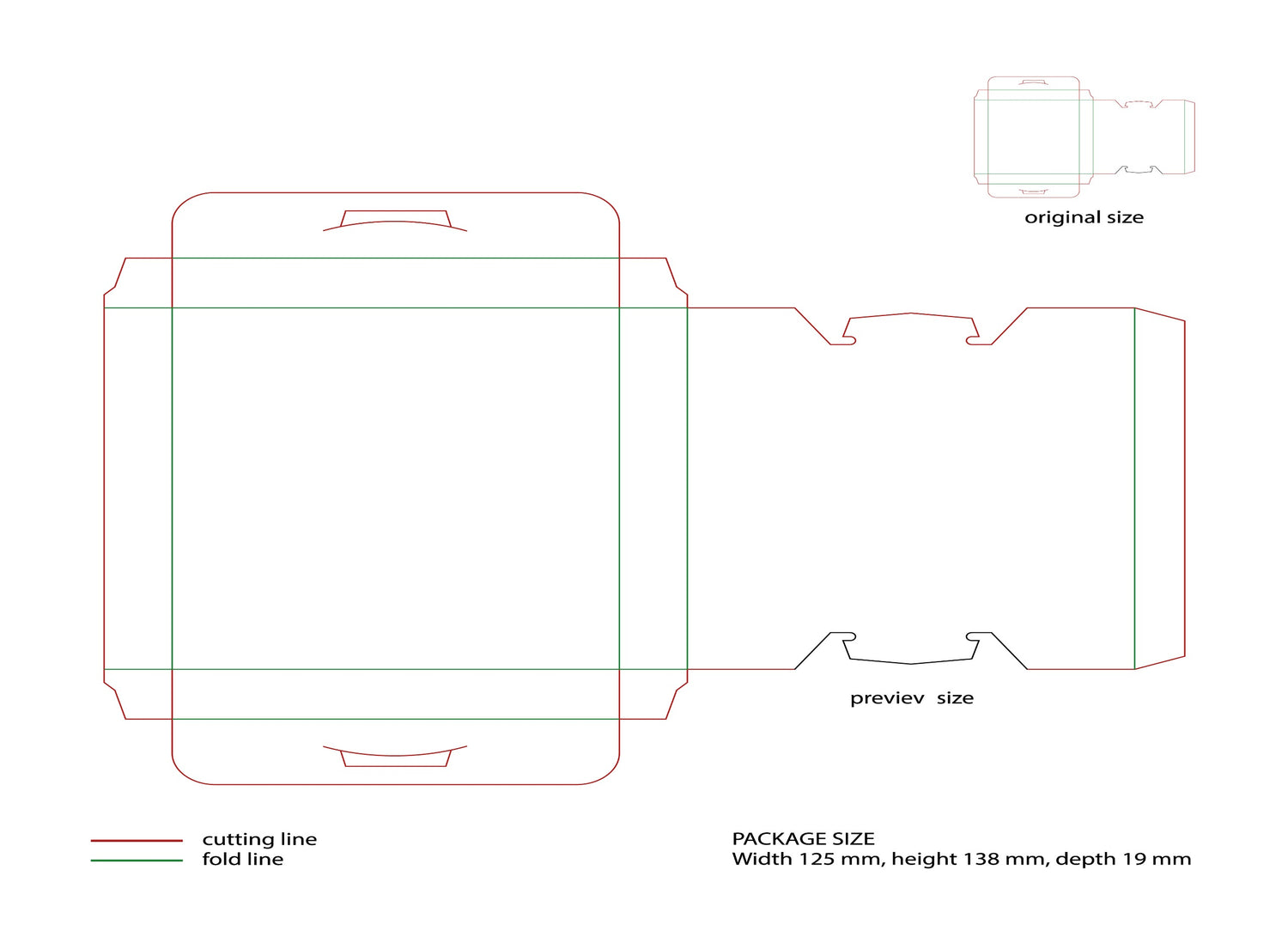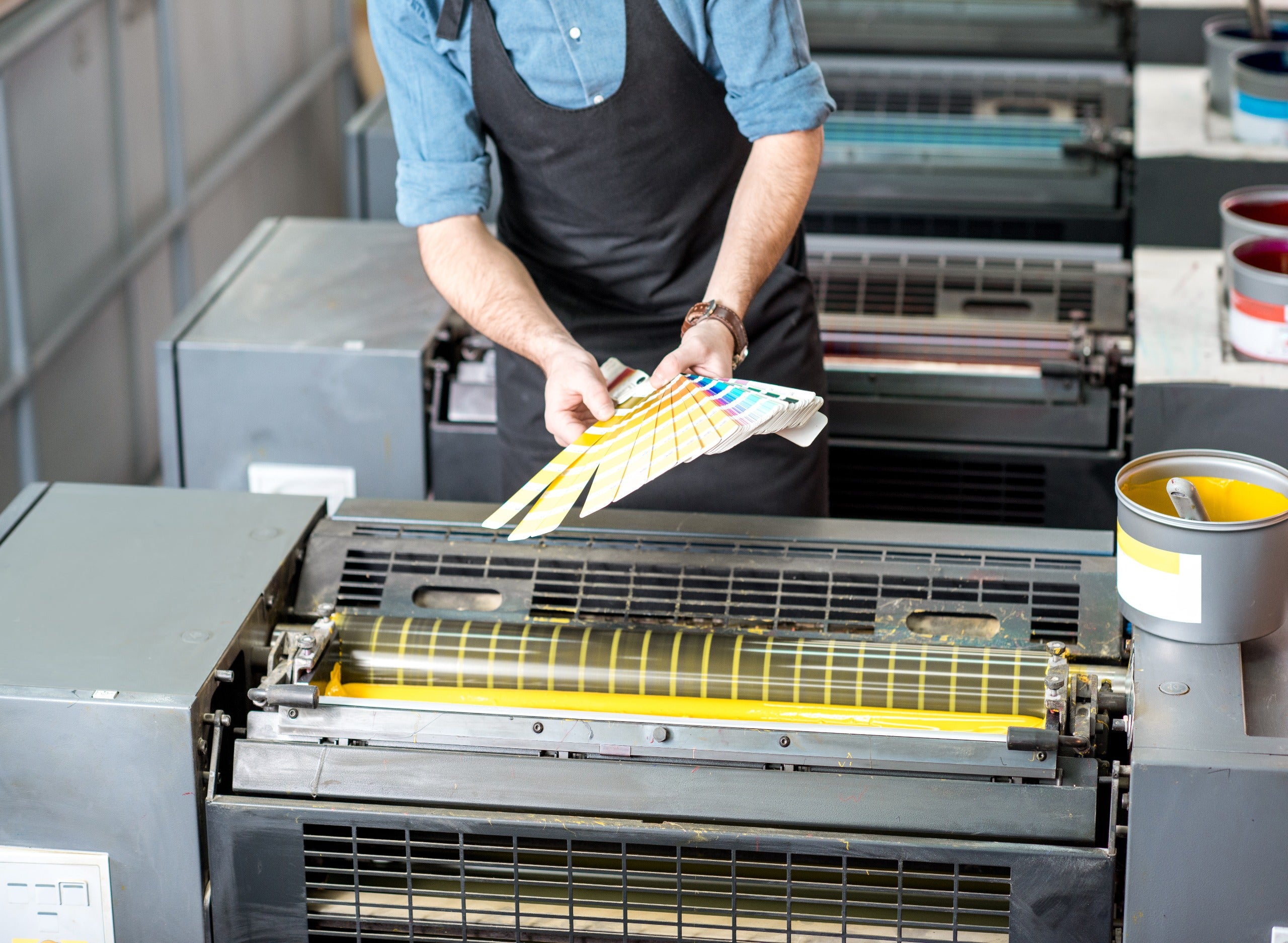Die-cutting is a popular manufacturing process in the packaging industry. This method has evolved significantly, transitioning from its initial use in traditional printing to becoming a key element in contemporary packaging design. Our guide explores the evolution, techniques, innovations, and multifaceted role of die-cutting in packaging, revealing how it can turn simple containers into captivating products.
What Is Die-Cutting?
Die-cutting is the art of shaping and crafting custom designs from diverse packaging materials. At its core, a cutting die—a meticulously engineered tool crafted to ensure unmatched precision—sculpts materials into custom shapes and patterns. Steel is the preferred material for these cutting dies due to its durability, promising longevity and consistent performance.
Within the highly competitive field of retail, the power of first impressions cannot be overstated. Die-cut packaging stands out as a vital ally for companies, allowing them to create distinctive, attention-grabbing designs that capture the core of the product. This tailored strategy does more than protect the item; it significantly enhances its attractiveness on the shelf, encouraging an immediate rapport with prospective buyers.
Die-Cutting Techniques
- Rotary Die Cutting: This procedure utilizes a continuously rotating cylindrical die, making it optimal for bulk production. It has numerous applications across various domains, including making labels, decals, and elaborate figures.
- Flatbed Die Cutting: This technique utilizes a stationary flatbed and a die to cut through materials. It is excellent for smaller batches and intricate designs, making it particularly favored in custom packaging and prototype development.
- Steel Rule Die Cutting: Marrying precision with cost-effectiveness, steel rule die cutting uses a sharp, flexible steel rule to carve materials into desired shapes, predominantly in precision-oriented applications.
- Digitized Die-Cutting: A beacon of modern innovation, digitalized die-cutting leverages computer-controlled systems to craft intricate designs, offering unmatched customization capabilities for short runs and prototypes.
Innovations in Die-Cutting
- Digital Die-Cutting: The integration of digital technology into die-cutting ushers in distinctive design flexibility and accelerated production cycles.
- 3D Die Cutting: This approach brings an added depth to packaging, enhancing the consumer experience with visually impactful dimensional features.
Advantages and Challenges of Die-Cutting
Die-cutting is a cost-efficient method for creating packaging products in bulk as it saves material by producing comparatively less waste. Similarly, it elevates product appeal and carves distinct brand identities through custom shapes and finishes, enabling products to shine amidst market competition.
Even so, die-cutting also has its fair share of hurdles. Complex designs demand meticulous planning for flawless execution, and the balance between production speed and perfection is delicate. Moreover, ensuring consistent quality across vast production runs necessitates stringent quality control measures, which can be costly and time-consuming.
Final Thoughts
Die-cutting serves as a driving force for creativity and flexibility within the realm of packaging. This technique is about more than just forming containers; it’s about crafting memorable experiences, emotions, and relationships. Die-cutting transforms packaging into an interactive platform for brands to convey messages and captivate consumers.













Leave a comment
All comments are moderated before being published.
This site is protected by reCAPTCHA and the Google Privacy Policy and Terms of Service apply.